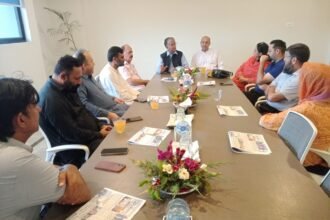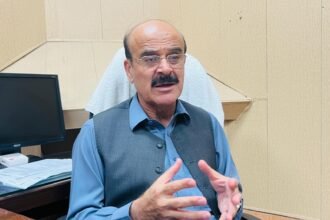Germany’s National Day, officially known as the Day of German Unity (Tag der Deutschen Einheit), is celebrated annually on October 3rd. It marks one of the most significant events in modern European history—the reunification of Germany in 1990 after decades of division during the Cold War era. This day symbolizes not just the political reunification of East and West Germany but also the triumph of freedom, democracy, and the will of the people over oppression.
Historical Background
The origins of Germany’s division trace back to the aftermath of World War II. Following Germany’s defeat in 1945, the country was divided into four zones of occupation, controlled by the United States, the Soviet Union, the United Kingdom, and France. However, as relations between the Soviet Union and the Western powers deteriorated, Germany became a focal point of the Cold War. In 1949, two separate German states were established: the Federal Republic of Germany (FRG) in the West and the German Democratic Republic (GDR) in the East.
The city of Berlin, located deep within East Germany, was also divided, with the construction of the infamous Berlin Wall in 1961, a stark symbol of the ideological divide between communism and democracy. For nearly 30 years, families were separated, and the people of East Germany lived under an oppressive regime.
However, by the late 1980s, the winds of change were blowing across Eastern Europe. The reforms initiated by Soviet leader Mikhail Gorbachev and the growing civil rights movements in Eastern Bloc countries inspired East Germans to demand change. Mass protests, particularly in Leipzig, gained momentum, and on November 9, 1989, the Berlin Wall fell. This event paved the way for the peaceful reunification of Germany, which was formally completed on October 3, 1990.
Celebrations on October 3rd
The Day of German Unity is a national public holiday, and celebrations take place across the country. The central celebration rotates each year between different German cities, symbolizing the unity of the entire nation. In addition to political speeches and events, cultural festivals, parades, concerts, and fireworks mark the day.
In Berlin, Germany’s capital, the Brandenburg Gate—once a symbol of division—is at the heart of the festivities. It stands as a powerful reminder of Germany’s journey from division to unity. The day usually begins with an official ceremony attended by political leaders, including the Federal President, Chancellor, and representatives from the 16 German states (Bundesländer). This is followed by a vibrant street festival, with stalls offering traditional German food, music performances, and artistic displays, attracting thousands of visitors.
The Reunification Monument and the East Side Gallery, a preserved section of the Berlin Wall painted with murals, are popular landmarks visited by Germans and tourists alike on this day.
The Significance of Reunification
For Germans, October 3rd represents much more than a political milestone. It is a day to reflect on the values of freedom, democracy, and peace. The reunification of Germany did not only restore the country’s territorial integrity but also brought together families and communities that had been divided for nearly half a century.
The integration of East Germany into the Federal Republic was not without challenges. The economic disparity between the two regions was stark, and many industries in the East collapsed in the face of competition with the West. Over time, however, Germany has invested heavily in its former eastern states, and while challenges remain, the country has made significant strides toward bridging the gap.
Politically, reunification marked the beginning of Germany’s resurgence as a leading power in Europe. Today, Germany is a cornerstone of the European Union, both economically and diplomatically. It plays a critical role in shaping European policies, particularly regarding peace, security, and economic stability.
A Symbol of Hope
The fall of the Berlin Wall and the reunification of Germany are seen globally as symbols of hope and the possibility of overcoming even the most entrenched divisions. Germany’s National Day serves as a reminder that peace and unity can prevail, even in the face of oppression and adversity.
As Germany celebrates its unity on October 3rd each year, the nation also looks ahead, continually working toward ensuring that the freedoms won in 1990 are safeguarded for future generations. The celebration is not just about the past but also about building a future that honors the principles of liberty, justice, and democracy for all.
Conclusion
The Day of German Unity stands as a celebration of a nation’s resilience and commitment to its democratic values. It commemorates the historical moment when East and West Germany overcame their divisions and reunited under the principles of freedom and self-determination. As Germans gather every October 3rd, they not only celebrate their shared history but also reaffirm their belief in unity, democracy, and a peaceful future.










